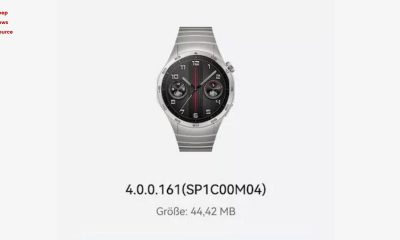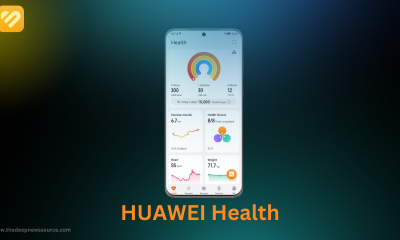Google Pixel Watch receives its first software update right out of the box
Google Pixel Watch is making a lot of news right now, and the smartwatch is becoming increasingly popular thanks to its new and advanced features. The Pixel Watch now receives its first software update right out of the box, which means that users who purchase this smartwatch and receive it will receive the first software update once they have completed the full watch setup.
To begin, keep in mind that when you open the box, you will receive two software updates: the first is a minor update that will be updated during the watch setup process, and the second is a major update for users that will be displayed after you finish the watch process. As a result, you will receive the first software update for this watch far too soon.
Google explained in a statement that “users will need to complete updates by placing the watch on the charger to receive a system update and in the Google Play Store immediately after set-up.”
The first in a long line of software updates:
Confirming Google’s intentions, it has been revealed that all Pixel Watch purchasers will be greeted with a pleasant surprise in the form of a software update upon first turning on the device. According to Google, this update will be available at the end of the initial configuration process and by placing the watch on its charging base.
According to 9t05google colleagues, the device will receive a minor update during the initialization process and then be prompted for the new, more substantial update later. The update’s content is currently unknown, but it is expected to include minor bug fixes and general improvements.
(Image Source – 9to5Google)
For the latest news, join us on our telegram channel: link below
 Google Pixel Watch is still the exclusive on Google Photos, but only for a limited time:
Google Pixel Watch is still the exclusive on Google Photos, but only for a limited time:
Continuing on the software theme, the dials best characterize a smartwatch because they have the power to drastically change the face of a watch and allow you to better express your personality. Pixel Watch is no exception in this regard, offering a wide range of options, including a classic watch face that displays a carousel of photos from your personal collection, made possible by the integration with Google Photos.
The dial itself performs admirably; the only drawback is that, depending on the colors of the selected photo, it draws attention to the generous edges of the Pixel Watch, an element that Google has tried to conceal as much as possible by using, for the most part, black dials that fully benefit from the 1.2 inch OLED display.
Furthermore, the feature is currently only available on the Pixel Watch, But Google plans to expand app compatibility to all Wear OS 3.0 devices in the coming months.
For the more latest news, you can follow us on!
1. Telegram.
2. Google News.
3. Twitter.
Apps
Google Play Update: Remote App Removal GPStore now allows you to remotely uninstall apps

You can now install and uninstall apps on your Android devices remotely using the Google Play Store. For instance, you can log in from your laptop to install apps on your Samsung smartphone. Moreover, the Play Store now lets you uninstall apps from one Android device using another. So, you can easily remove an app from your tablet, smartwatch, or TV directly through the Play Store on your smartphone.
Google has introduced a new feature in the latest Google System Updates, as mentioned in the changelog via 9to5Google. This functionality is now available on Auto, PC, Phone, TV, and Wear platforms. With the latest version of the Play Store (v38.8), you can remotely uninstall apps from any of these devices. The update is being rolled out gradually by Google.
if you can download latest Google Play store V38.8: Click Here
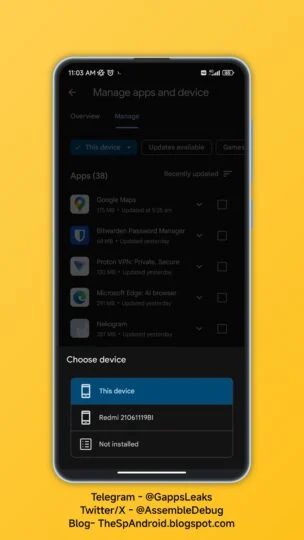
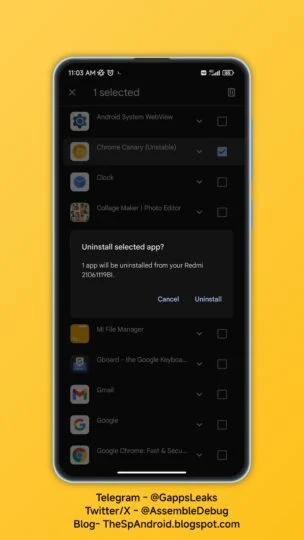
To use the new feature, follow these steps explained by TheSpAndroid:
1. Go to Manage apps & devices > Manage.
2. Click on “✓ This device.”
3. Choose the device from which you want to uninstall apps.
4. The Play Store will display the apps installed on that device.
5. Select the apps you want to uninstall, click the delete icon, and choose Uninstall to remove them from the selected device.
via:- 9to5google
| Telegram | Google News | TwitterX |
Google Pixel 8 Pro Users Report Screen Edge Dots
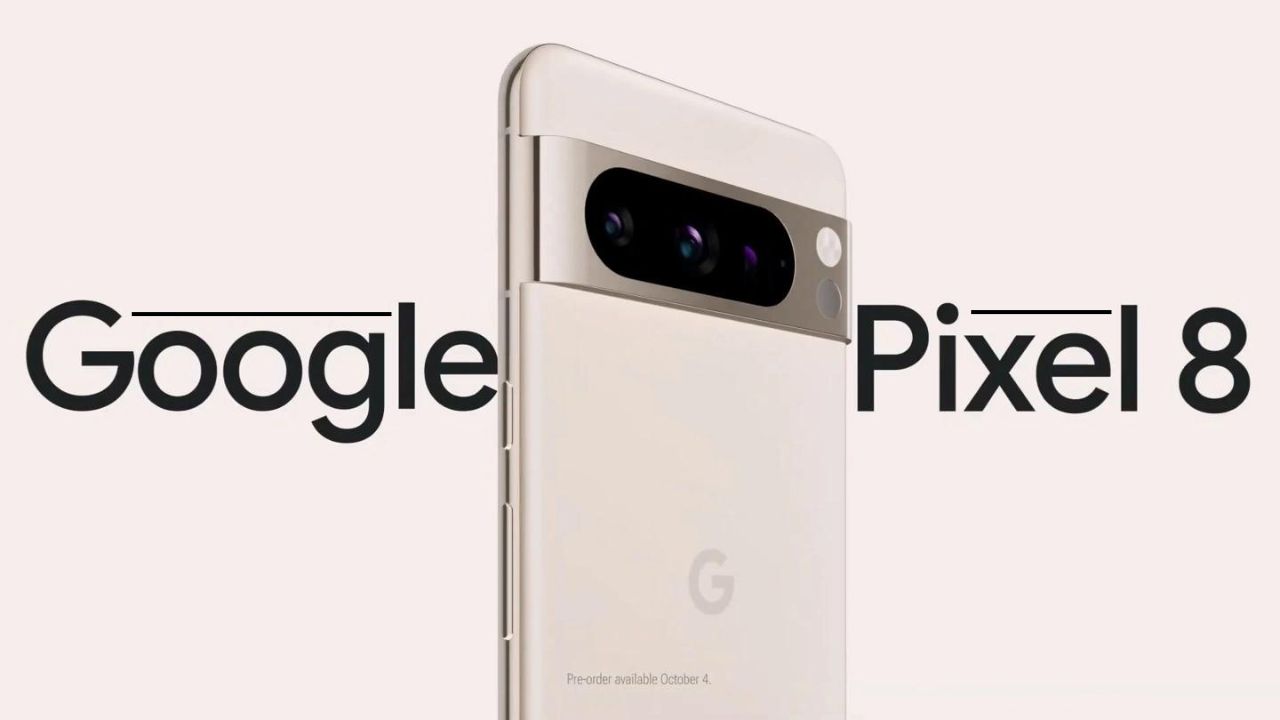
Some Pixel 8 Pro owners have reported that round bumps have appeared on their screens. Bumps are visible at several places on the screen and it feels as if something is pressing on the bottom of the 6.7-inch OLED screen.
Users reported that this kind of screen protrusion does not affect the use, touch function and image quality, and these protrusions can only be seen in a well-lit environment by constantly adjusting the angle. However, users are worried that these bumps will get worse.
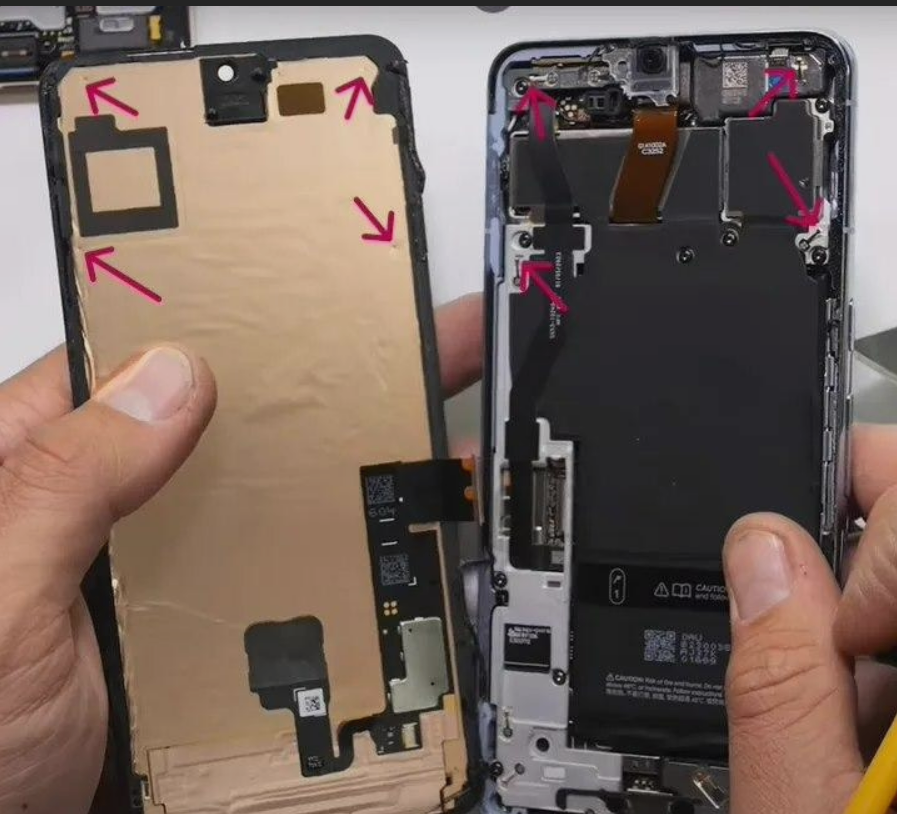
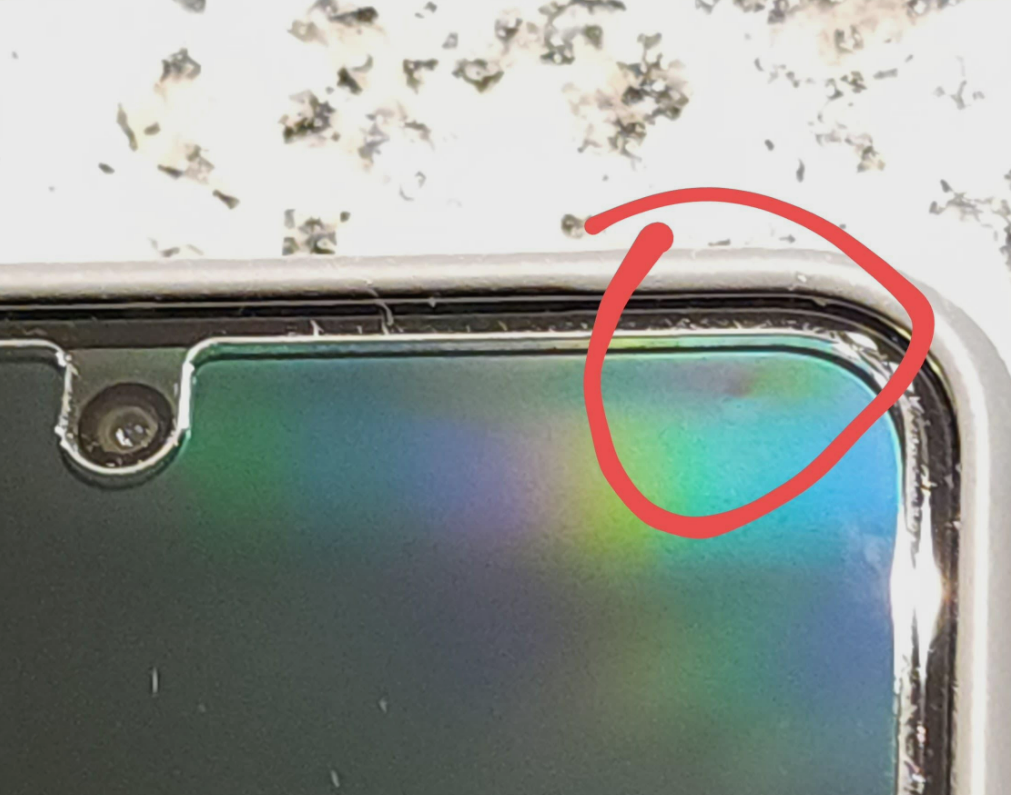
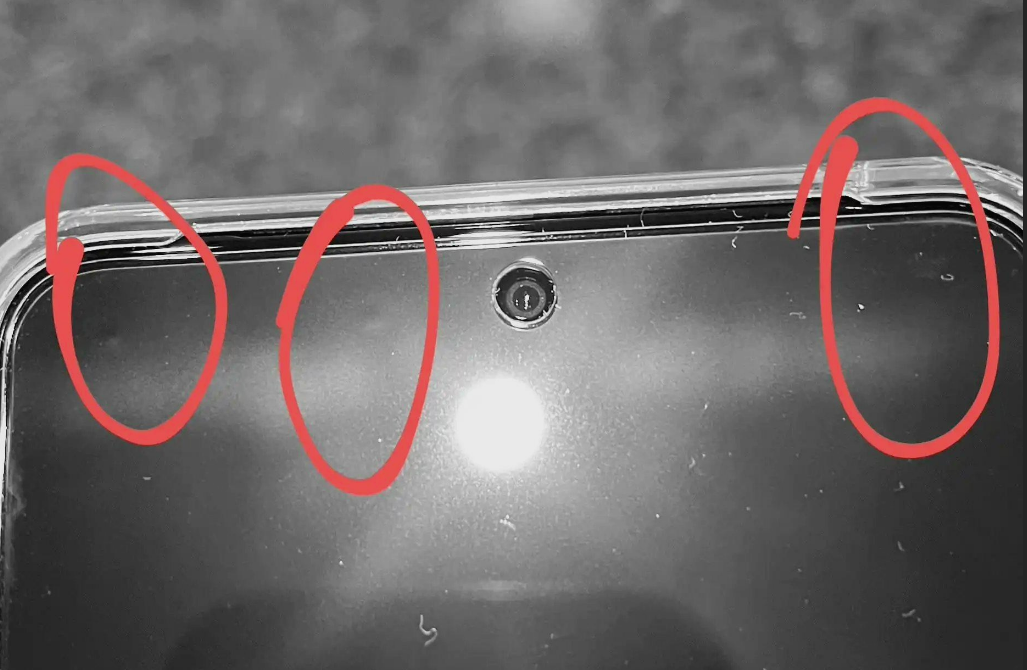
We checked the photos of the problem shared by the Reddit community and X platform users. The bumps are mainly concentrated in the top edge area of the screen. At least dozens of users have reported that the above problem exists, and some have contacted Google to request replacement.
Apps
Download updated version of Google Play Store Apk 38.2.19 [Download Link]

As of 2023, the Google Play Store has solidified its position as the premier app store on a global scale, boasting an extensive catalog of over 2.87 million apps. In the previous year, 2022, the store witnessed a staggering 47 billion app downloads, and the growth trend is anticipated to persist throughout 2023 and beyond.
Google has rolled out an update for their Google Play Store app, taking it to version 38.2.19. This latest update introduces enhancements to the app’s functionality and features, ensuring a more seamless and enjoyable experience for users. To make the most out of your Android device, stay up to date by downloading the newest version of the Google Play Store from the official source.
Google Play Store 38.2.19: [01/11/2023]
| Latest Google Play Store Apk 38.2.19: [01/11/2023] [Download Link] |
- Bug fixes and performance improvements: Google Play Store 38.2.19 also includes a number of bug fixes and performance improvements.
Previous Download Links:-
| Google Play Store Apk 37.4.24[Download Link] |
| Google Play Store Apk 37.3.29] [Download Link] |
| Google Play Store Apk 36.5.21 [Download Link] |
| Google Play Store Apk 36.5.20 [Download Link] |
HOW TO DOWNLOAD GOOGLE PLAY STORE APK V38.2.19
Google Play Store download link is available for Android users through the below link which will redirect you to the most trusted website for Google Play Store download apkmirror. From here when you click you will find yourself on the website of apkmirror and by clicking the download button below you will get the apk file.
Once you have downloaded the file, to install the app, you have to give permission to your device to install the apk file.
Remember, if you’ve allowed downloads from unknown sources, reinstall your security settings.
Join Our PlayStore Google Group On Facebook: Tap Here |




